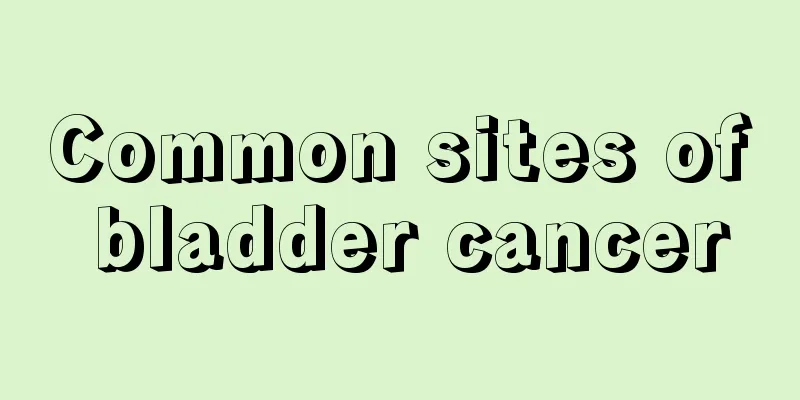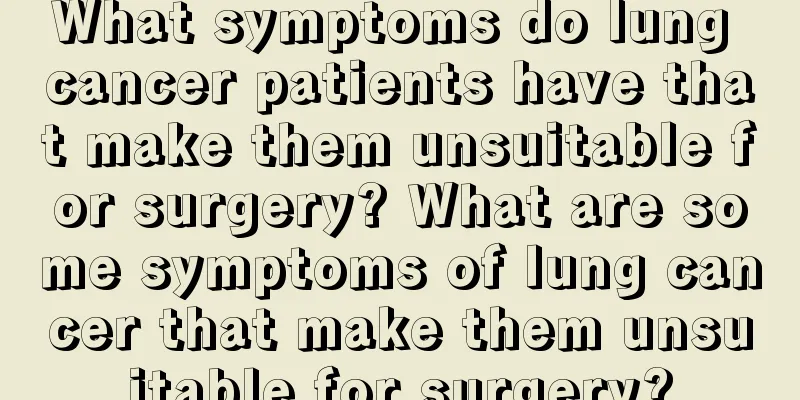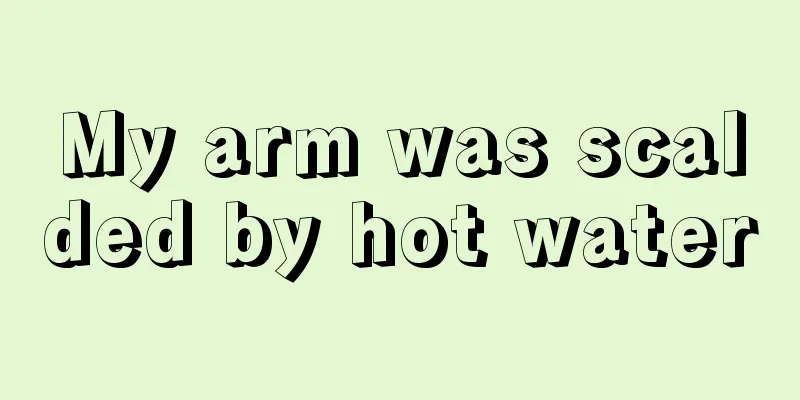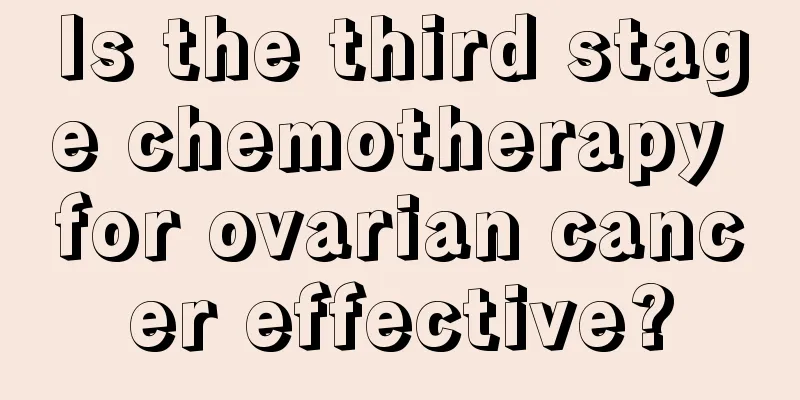Cutaneous nerve damage
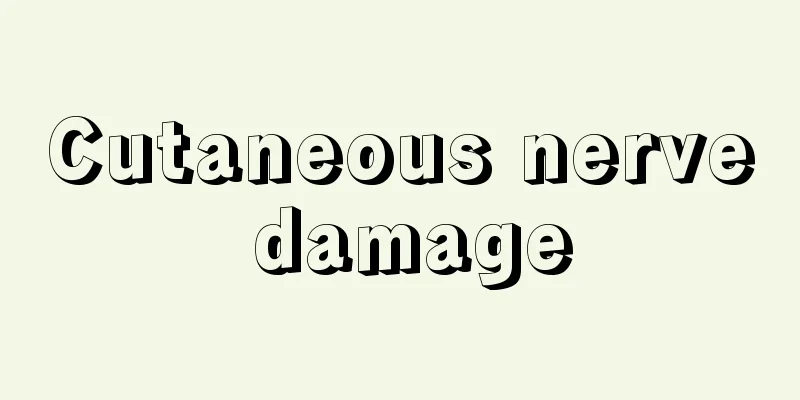
|
The cutaneous nerve refers to the superior gluteal cutaneous nerve, which is actually unfamiliar to most people in life. But this nerve controls our daily lives. If the cutaneous nerve is damaged, our daily standing and walking may be affected to a certain extent and we will not be able to work normally. So under what circumstances will the cutaneous nerve be damaged? How to deal with different influencing factors? 1. Etiology and pathology Dissection has confirmed that the superior gluteal nerve has no groove structure. When the back cutaneous muscles are tense for a long time, part of the nerve or fiber bundle running above the iliac crest is easily worn out, resulting in edema and congestion. The nerve becomes thicker, and the surrounding soft tissue develops aseptic inflammation, congestion and swelling, causing pain. This is a pathological change of superior gluteal nerve injury. Clinical symptoms The main symptoms of superior gluteal cutaneous nerve injury are pain in the affected side of the waist and buttocks, which is tingling, aching, and tearing pain. There may be referred pain above the knee on the back of the thigh, but not above the knee. In the acute phase, the pain is more severe, bending is limited, and sitting up is difficult. When changing from a sitting position to a standing position, the patient needs to hold on to others or objects. The patient often complains that the pain is deep, the area is vague, and there is no obvious distribution boundary. During the examination, a "cord-like" hard object can be felt 2 to 3 cm inside the highest point of the iliac crest, with obvious tenderness and a feeling of numbness and swelling. The straight-leg raising test was positive, but no radicular symptoms were present. 2. Treatment Methods Superior gluteal cutaneous nerve injury is mainly treated conservatively. In the acute phase, pain point blocking or local manipulation can be used for treatment, with rapid results. Local blockade is performed with 4 ml of 2% procaine enhanced with 12.5 mg of solone, 1 to 2 times a week, 3 to 4 times as a course of treatment, with good analgesic effect. Manual therapy is based on the surface projection points or tender points of the superior gluteal cutaneous nerve. The patient is asked to sit upright on a chair, with his hands on his knees and his legs shoulder-width apart. The doctor sits behind the patient and uses the thumb to feel for a rolling or upright cord-like object, which is the superior gluteal cutaneous nerve. Then he finds the groove of the original position, pulls up the superior gluteal cutaneous nerve with one hand and presses it back to its original position with the other hand. Then he presses it in the same direction several times. The patient's pain will be relieved immediately. For patients with severe pain, blockade and manual therapy can be combined, with blockade treatment given first and then manual therapy. After treatment, patients should be advised not to do strenuous rotational activities of the waist within 3 to 5 days. Superior gluteal cutaneous nerve injury can usually be relieved through conservative treatment, but if the pain is persistent and does not heal for a long time, surgical treatment can be used to remove a section of the iliac crest of the superior gluteal cutaneous nerve, which can achieve recovery. |
<<: How to determine facial nerve damage
>>: Is Yangxiuqiu flower poisonous
Recommend
Treatment of cheilitis
Cheilitis refers to a disease in which the lips a...
Dietary principles for patients with colorectal cancer
Diseases like colorectal cancer are very serious ...
How much do you know about the nursing points for rectal cancer
Rectal cancer is a common malignant tumor of the ...
What should I do if my calf is swollen after being bumped?
In daily life, bumps and bruises are inevitable, ...
How to diagnose prostate cancer
As we all know, cancer is not uncommon in our liv...
Can people with fatty liver eat peanuts?
Peanuts are a common food in our lives. They cont...
What are the steps to do sledding?
Nowadays, most young people in cities don’t know ...
Precautions after bone cement surgery
After the operation, you need to rest in bed for ...
How to use hair dye
Everyone loves beauty. In today's society, pe...
What are the dangers of belly button nails
Getting a belly button piercing is a very fashion...
How to use olive oil for hair care
Many people know that olive oil has beauty and sk...
7 major causes of severe hair loss after autumn
Autumn is a season of harvest, but for those who ...
Symptoms of cystic kidney disease and polycystic kidney disease
What is polycystic kidney disease? How does polyc...
What are the tests for atherosclerosis
Atherosclerosis is very common in clinical practi...
Are there any benefits to soaking your feet in essential oils?
Since their discovery in ancient India, essential...




